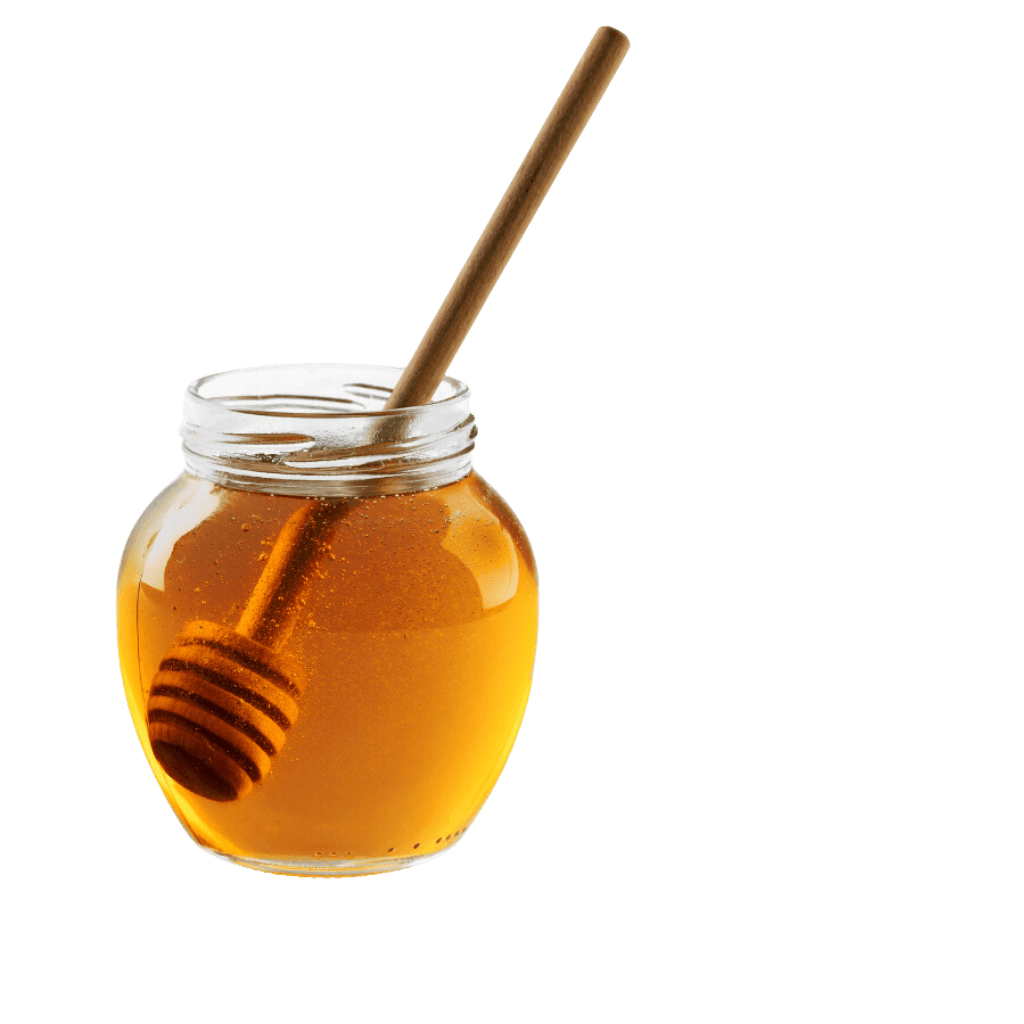Χρήσιμες πληροφορίες, αποθήκευση & κρυστάλλωση Μελιού

The honey
Honey is a very resilient food product, and if stored properly, it can last for years, if not decades. In fact, honey has been found perfectly preserved in the tombs of the Pharaohs in Egypt.
The quality of honey can be compromised by the following factors:
- Excess moisture
Ideally, the moisture content of honey should be less than 17.8%. If the moisture content is too high, meaning over 20%, the honey may ferment due to yeasts present in it.
Since honey is hygroscopic, if it is not stored in a sealed container, it will absorb moisture from the air.
- Excessive heat
Honey loses much of its health benefits depending on the temperature and duration of exposure.
- 40 °C for 30 days
- 30 °C for 6 months
- 20 °C for 4 years
- 10 °C for 35 years
- Prolonged exposure to sunlight
Honey loses many of its health benefits with prolonged exposure to sunlight.
- Harmful environmental factors
Honey is hygroscopic and absorbs odors from its surroundings. It is also acidic, which means it can corrode metals if stored in metal containers.
Honey Crystallization
Crystallization is the formation of glucose monohydrate crystals from a supersaturated sugar solution (i.e., honey).
The rate of crystallization increases with:
- Lower water content
- Higher glucose content
- Presence of solid particles (e.g., pollen grains & honey crystals)
- Temperature around 14 °C (Temperatures above 28 °C and below 5 °C result in very slow crystallization)
- Stirring
Note that slower crystallization produces larger and more irregular crystals.
Honey crystallization is completely natural and does not harm the honey. In most cases, the crystallization process can be reversed by gently heating the honey to "melt" the crystals.
How to get rid of honey crystallization
Honey crystallization is a natural phenomenon that occurs when the natural sugars in honey (mainly glucose) form crystals. This does not mean the honey is spoiled, but it can affect its texture. If you want to get rid of crystallization and return the honey to its liquid state, follow these methods:
1. Heating in a bain-marie (water bath)
This is the safest method:
- Place the jar of honey in a container with warm water (not boiling).
- Heat the water to about 40–45°C (it should not exceed 50°C, as higher temperatures can destroy its nutritional properties).
- Stir the honey occasionally to help dissolve the crystals evenly.
- If needed, you can repeat the process to ensure the honey has fully returned to its liquid form.
2. Using an oven
- If you have a large container of honey, you can place it in an oven preheated to 40–45°C for about 4 hours.
- It’s advisable to monitor the process closely to prevent overheating the honey.
3. Microwave (with caution, not recommended)
Using a microwave to restore honey to its liquid form should be done with great caution, as rapid and uneven heating can destroy its nutrients. If you choose to use a microwave, follow these steps:
- Place the honey in a heat-resistant container and microwave it on low power for 30 seconds.
- Stir and continue microwaving for another 30 seconds if needed.
- Make sure not to heat the honey too quickly or excessively, to avoid degrading its quality.
Important notes:
- Do not use high temperatures, as it may lose some of its nutritional properties.
- Honey crystallization does not affect its quality and is a natural process that occurs over time.






